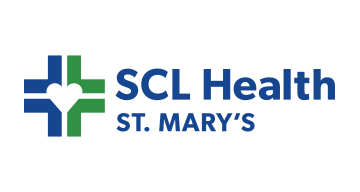


In the session “Resilience in Action: Infusion Centers as Catalysts for Innovation featuring Duke Health,” attendees will explore how infusion centers, following the challenges of the pandemic, can leverage resilience to address fundamental operational issues. The session emphasizes the necessity of confronting difficult problems, such as optimizing lab processes and decoupling clinic and infusion appointments. Duke Health shares a real-world example of adopting the nurse pull model overnight, showcasing the transformative impact on patient and nurse satisfaction, as well as operational efficiency. This session challenges the status quo, encouraging infusion leaders to embrace change and overcome perceived difficulties for long-term operational benefits.
Learning Objectives:
1. Strategies for Tackling Hard Operational Problems: Attendees will gain insights into identifying and addressing core challenges in infusion center operations, exploring strategies employed by Duke Health to confront and overcome difficult problems that seemed insurmountable.
2. Immediate Implementation of Operational Changes: Participants will learn from the Duke Health example about the potential benefits and adaptability of swift, decisive action in implementing operational changes, challenging the notion that significant transformations require prolonged change management.
3. Building Resilience and Openness to Innovation: This session aims to inspire infusion leaders to foster a culture of resilience and openness to innovation within their teams. By exploring Duke Health’s experience, attendees will understand how confronting major challenges head-on can cultivate optimism and readiness for future changes among staff.








Take the first step towards unlocking capacity, generating ROI, and increasing patient access.